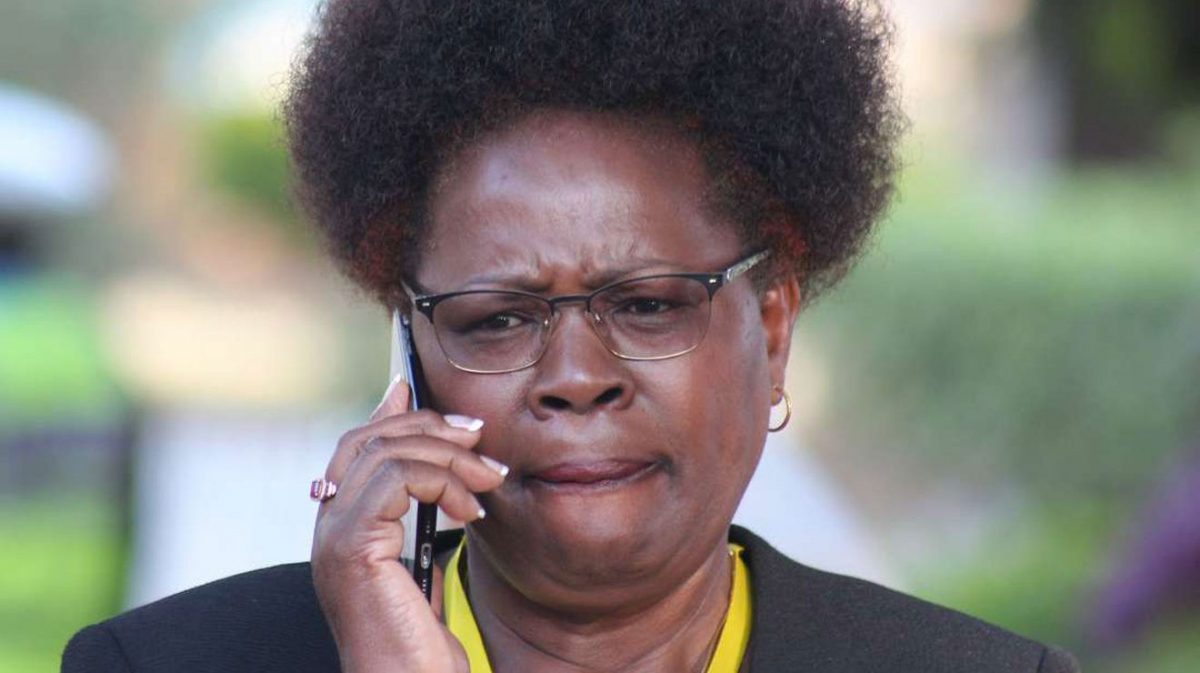Why CS Wahome should be feverishly digging pans

Heavy rains have started pounding parts of Nyanza and Mt Kenya. The Meteorological Department, however, cautions that the rainfall is likely to be less than optimal this season. This means that the country faces another less than optimal harvest.
The question is, what is the Ministry of Water and Sanitation under Cabinet Secretary, Alice Wahome, doing to prepare for both these eventualities? Apparently very little.
It is difficult to understand why the Ministry of Water has perennially ignored one of the cheapest, quickest and most impactful water retention schemes in Kenya,water pans. The Ministry’s obsession with megadams has closed out its mind to all other options.
Water pans collect and harness run off rain water that would otherwise have just percolated into the ground and “disappeared.” Equally as important is that even when there is less than optimal rainfall, that water is captured and preserved, thus prolonging the rain season, so to speak.
Water pans have many advantages. First, they are cheap to establish, and indeed, can simply utilize labour within the community. Secondly, the impact is immediate. One rain season later, and the community has a store of water for several months.
Thirdly, water pans can be done to any scale, from a small one for a small scale farmer, to a huge hole that can hold water for use by commercial farms. Lastly, these water pans have little bureaucracy and few logistics. They have no layers of fat and, therefore, do not attract the “vultures” who swoop down from the skies like in the case of mega dams, which have been the source of huge corruption scandals in Kenya.
Some areas are well ahead of others in the country. Farmers in Laikipia, Murang’a and Nyeri have benefitted from the use of water pans in their farms to grow crops all year round. This has changed the dynamics of agriculture in those areas permanently.
It is still not too late. Given the quick turnaround of water pans, the Ministry of Water should mobilise immediately and swoop down into those areas that experience floods to ensure that the runoff water is harvested.
In Kenya, there are several areas that are usually flooded. These are Turkana, Tana River, Garissa, Kisumu, Taita, Mandera, Wajir, Marsabit, West Pokot, Samburu and Narok. These are the areas to start from before fanning out across the country. Particular attention must be paid to North Eastern to tame the flash floods-drought cycle.
Also the lower reaches of rivers Tana, Nzoia and Nyando mass a lot of water which has drained all the way from their sources upcountry, which is then lost.
County governments cannot just sit back and fold their arms waiting for “donors” to come assist “irrigation.” Agriculture is a devolved function, so what are they waiting for? The simplicity of the technology of water pans, and cheap cost make them ideal as county government projects.
Nothing illustrates the potency of harnessing rainwater through water pans than Kakuzi, a large scale farm situated in the largely dry Makuyu area. Under the banner ’stretching the rains,’ Kakuzi has done incredibly well harvesting rain water and utilizing it all year round to sustain a huge booming agricultural enterprise. Kakuzi has dug 16 water pans in which they trap rainwater. There is no main river, lake or natural water source. These water pans sustain an ecosystem for more than 7,000 employees and dependents, an avocado plantation of 400 hectares, a macadamia orchard of 600 hectares, pineapple farming and 4,200 head of cattle. It boggles the mind why the Ministry of Water has given such short shrift to water harvesting across the country over the years. The time for change is now.
Run off water is a huge and completely untapped resource in Kenya. The Ministry of Water needs to develop and roll out a comprehensive water tapping and utilisation policy. With such a policy fully implemented, one good rain season, and Kenya’s water problems are over.
— gathukara@gmail.com












